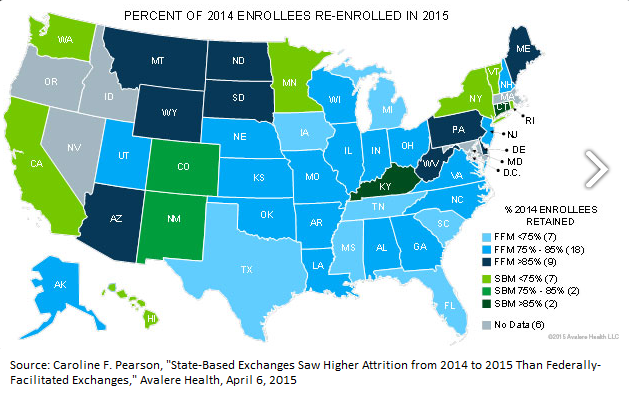Think About the Worst Corporate Merger Ever – Then Add Obamacare
I hate to recycle the old slight about “re-arranging the deck chairs on the Titanic,” but the latest news from state exchanges makes it impossible to avoid:
Under the Affordable Care Act, the federal government gave states a collective $4.8 billion to set up and customize their own exchanges for their own state residents. The idea was that the federal government would help prop up the exchanges, and then states would have to make them self-sustainable by this year.
However, a number of states including California and Oregon are having trouble financing their exchanges now that federal funding is drying up. Covered California, for example, is running a deficit of $80 million.
To save on costs, California is reportedly in talks with Oregon, another state struggling to afford its exchange, to merge their exchanges, The Hill first reported.
They’re not alone. Other states are contemplating building similar multi-state exchanges. New York and Connecticut are also discussing the plan, though both are in the very preliminary stages. (Brianna Ehley, “States Band Together to Keep Obamacare Afloat,” The Fiscal Times, May 26, 2015)





